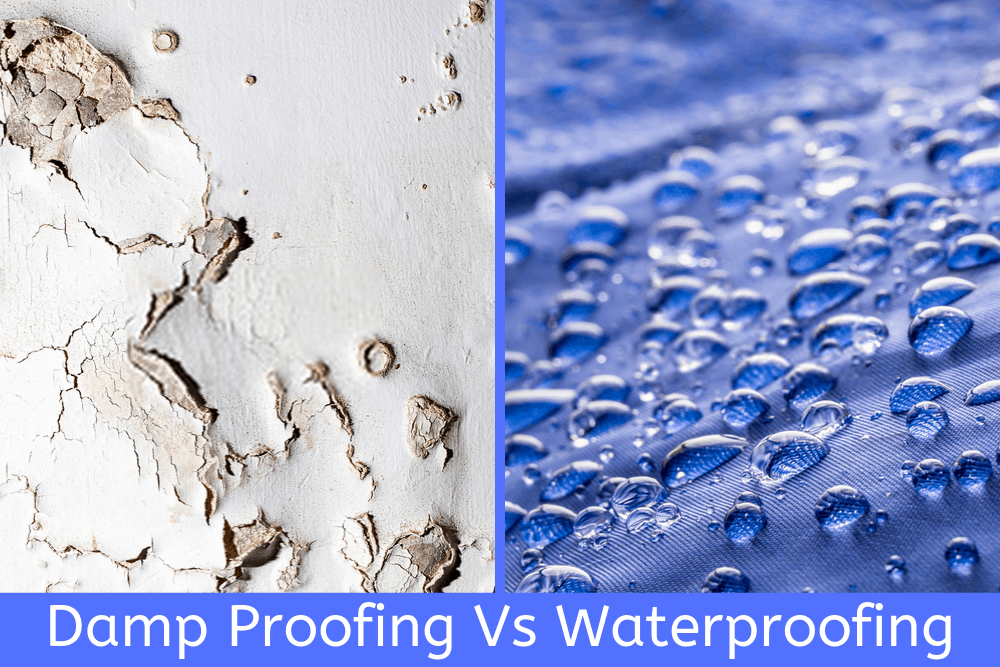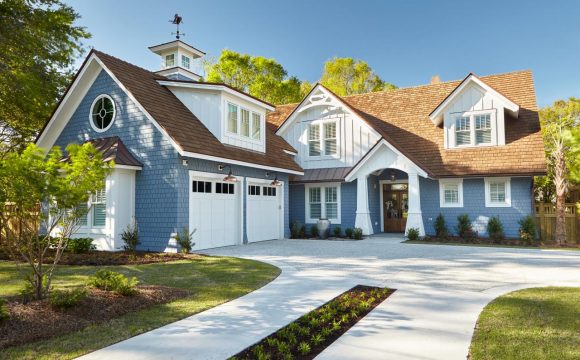If you walk in mist or fog and your clothing becomes wet, you feel a sensation of dampness on your skin – unless of course you are wearing a water-resistant garment. In pelting rain the water will force itself past the fibers, and start pouring down your arms and legs. That’s why sailors aboard ships wear sou’westers, not scotch-guarded pullovers.
A similar principle applies to homes and basements. Damp-proofing is a lightweight treatment that helps prevent the moisture in the soil from penetrating through a basement wall or floor. However, if there’s a possibility of underground water damming up from time to time, then water-proofing is the only practical solution.
When we remodeled our home last spring we needed someone who understood split level homes in The Bay Area and all of the options when it came to home additions for split level homes. They helped us to seal our basement so it would be a full time living area.
Why Is That?
The difference is a thing called hydrostatic pressure. When you were at school your teachers probably tried to explain that the pressure exerted by a column of water is equally exerted in all directions. This means that the weight of damp earth outside your basement applies an incredible force to its retaining walls, and can force the moisture in through any cracks as if it’s a pump.
This same pressure ensures that most basement walls and floors eventually fracture (although this may sometimes present itself as mere hairline cracking). As the ground-water begins to find a way through the fractures more and more water takes its place, creating a steady trickle if nothing is done to impede the flow. Under these circumstances traditional damp-proofing methods are useless, for reasons mentioned below.
Why Damp-Proofing Fails
Builders customarily apply an asphalt-tar solution to any outside wall that’s below ground level. This is to meet Section 406 of the International Residential Code that specifies this as the bare minimum. While this may be adequate in dry, hot areas, it seldom suffices in Canada, where expansion and contraction between winter and summer seasons causes it to crack (especially over existing cracks in walls and floors).
Why Water-Proofing is More Successful
Water-proofing on the other hand is a material that’s mainly made from natural rubber, which means that it’s environmentally friendly. Moreover, as your basement flexes and cracks open and closed again, genuine water-proofing stretches and shrinks in harmony, so that it keeps on doing its job.
The Extra Cost is Worth It
The budget-end of basement builders sometimes maintains that damp-proofing is equally good – and cheaper too. But then it’s not their problem when it fails, because they’re not responsible for the power of nature, and where you chose to build your home. When that happens there’s only really one solution. And that’s to remove every square inch of cheap damp-proofing, and water-proof your basement properly from scratch.
In The Bay Area, You Really Don’t Have Much of a Choice
The Bay Area’s prevailing climate with wet, usually damp winters, and temperate summers in the south is an open invitation for basement walls and floors to crack. If you are building a new basement this means that you need a specialist to water-proof it for you. On the other hand, if you’re already experiencing leaks and dampness because of previous substandard damp-proofing, then the same logic applies again. If you’re experiencing water problems in your basement and are thinking about a solution, waterproofing methods is simply the better choice as a long term solution.








